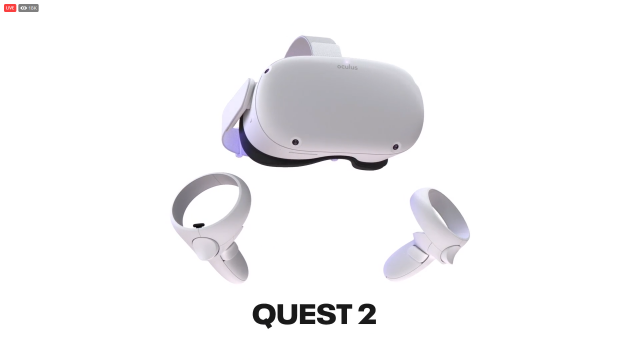VR Technologies
I personally have not experienced many VR/MR devices firsthand, hence I will be taking a look at some of their specifications and making a comparison across some of the interesting technologies I found.

My personal choice would be the Occulus Quest 2 as it is one of the most affordable models out there starting at $299 for the 64GB Model. Apart from the reasonable pricing, there are several interesting specifications to take note of. Oculus improved the frame rate of the Quest 2 from 72Hz to 90Hz, which provides an even more immersive experience as games and content can take advantage of a higher refresh rate to deliver better quality. The battery live is rather significant at about 2 hours of gameplay (or 3 hours video), and the screen resolution reaches up to 1832 x 1920 per eye which is rather impressive for a VR headset. Furthermore, the Quest 2 rather light weighing about 503g, a great improvement from the original Oculus Quest weighing about 571g.
The design and user experience are also important, since a headset may not necessarily be the most comfortable experience for all. The Quest 2 uses fabric strips that are more comfortable and easier to adjust. Additionally, the Quest 2 does offer an extra battery pack that attaches to the Pro Strap, which doubles the battery life of the Quest 2 for longer and better experiences.
More practically, the lower starting price of the Quest 2 compared to other headsets seem to be the strongest attraction in onboarding newer users (like myself) into VR with a reasonably lower investment. Games that are more tech-savvy would definitely note the Facebook-centric platform of the Oculus environment. The Quest 2 is a great personal choice as it has a lower barrier to entry, along with the comfort and performance it provides to the everyday user.
MR Technologies
Although I haven’t tried this physically, the Microsoft Hololens seems to be the industry-leading and most popular choice for many B2B companies. Their expansion and development into their product are well thought and well-integrated amongst various use cases.

Let’s begin with some ergonomics analysis. Fit and comfort is key for the Hololens 2. Although the initial Hololens already came a long way from the early prototypes, it was clearly highlighted by many that comfort wasn’t the best for extended periods of use. One needs to make adjustments to ensure that the best field of view is obtained while maximizing comfort in wearing. In the Hololens 2, there is a more comfortable fit with a dial-in system specifically designed for extended use. The built is designed in a way that the main processor and battery are located modularly at the back of the headset, with the wires running towards the front, improving the weight distribution of the Hololens 2.
The Hololens 2 is capable of tracking up to 25 points of articulation with both hands in space, allowing natural touch and grasping to move holograms. Their impressive eye-tracking technology also finetunes the interaction with holograms. It can detect what you’re looking at and use that data to further improve the user interface which ultimately results in a better field of view. The Hololens 2 has a field of view to about 52 degrees diagonally, which Microsoft claims to have doubled the effective viewing area. There is also an increase in the vertical viewing area, making it taller when looking at tabletop holograms. This impressive improvement in the field of view is a large differentiator across many MR headsets, which puts the Hololens 2 as one of the pioneers in ensuring a better experience. Unfortunately, the Hololens 2 is priced very high, possibly because of the intricate and complex technologies that it incorporates and may not be ready for the everyday user today. A more expensive price point does limit the audience that is able to use it, hence more applications are centred around businesses currently.
Ultimately, the Hololens 2 is successful in maximizing both performance and comfort, while optimizing current technologies such as having more cameras and better sensors around the headset. This is particularly important for headset wearables as it hopefully seeps into the near future where everyday users can harness MR in their daily lives without the hassle of discomfort or performance-related issues.
